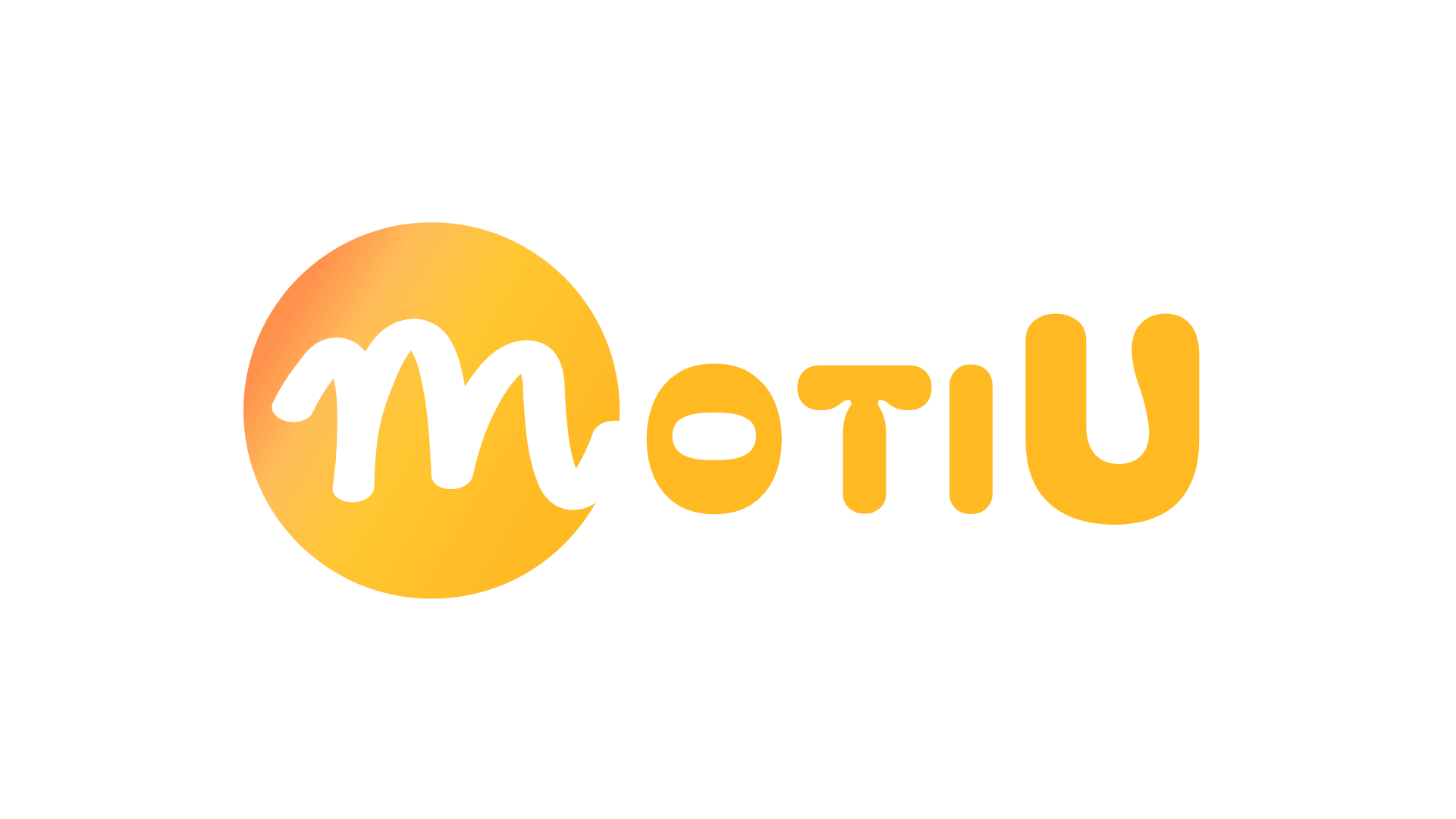Business in the contemporary era has a great distinguishing feature called human talent, which has become one of the most valuable assets for organizations. The motivation and well-being of workers is important in the new dynamics of the labor market, seeking to eliminate the so-called “Great Resignation”. Therefore, People Analytics was introduced as a discipline used to analyze advanced data that seeks to better understand its workforce and make better decisions with employees. These advancement trends were already developing before the pandemic but when COVID-19 took over, People Analytics became more relevant.
Before explaining and analyzing everything related to People Analytics, it is important to mention the concept of “The Great Resignation” since it is about the disconnection between what employees value and what companies offer. Although many companies have underestimated the decisions of workers to quit their jobs, it is important to recognize that the lack of opportunities, recognition, stress, lack of growth and the perception of an organizational culture have been very key to giving up.
We can define People Analytics as a tool for the use of advanced analytical methods and data that allow managing and optimizing all aspects related to human resources administration.
This discipline not only collects HR data but integrates many data analysis techniques that are necessary to gain deeper insights into employee requirements, performance, and of course employee behavior. When applied, organizations can identify patterns and trends that will enable them to make more accurate and effective strategic decisions.
When we talk about People Analytics, we must address a topic called motivation, since it greatly influences the performance and effectiveness of employees. There are many theories that explain motivation in the workplace (Maslow's Theory, Herzberg's Theory and Deci and Ryan's Theory) but they all come to the conclusion that satisfying the basic needs of employees such as recognition, security, etc., will allow their performance to increase and keep them motivated and committed to their jobs.
People Analytics plays a very important role in understanding and improving employee motivation. Here are some ways in which this discipline can be used to attract and retain talent in the era of “The Great Resignation”:
1. Personalization of Incentives and Benefits
People Analytics gives organizations the opportunity to provide incentives to employees to motivate them and analyze their individual needs, while also analyzing demographic data, feedback, and performance history to match employee expectations.
2. Personalization of Incentives and Benefits
These allow for the identification of patterns and factors using predictive analysis techniques to contribute to employee turnover. This is important because it allows organizations to actively address the problems that arise in the departure of valuable talent. To do this, satisfaction surveys, performance evaluations, or well-being metrics are conducted to identify the roles that generate a high level of dissatisfaction and reform them.
3. Identification of Rotation Patterns
Companies can identify areas for corporate improvement and facilitate the implementation of strategic changes in organizational culture, since it is a factor that determines employee motivation and generates a more positive and attractive work environment.
4. Improving Organizational Culture
People Analytics opens up development and aspiration opportunities for your employees to identify skills gaps and design individual training programs. These allow workers to grow professionally and are a key factor in employee motivation, which will enable retention in the company.
5. Improving Organizational Culture
Another important thing that People Analytics stands out for is helping companies optimize tasks and align them with the expectations and needs of people who are in the selection process. When an analysis of the preselected candidates is done, companies can adjust their classification strategies and, above all, improve satisfaction from the first moment that workers begin their process in their organization.
People Analytics has been successfully implemented with many companies over the years, for example, there is the case of a technology company that was facing very high turnover levels specifically in the software development team, for this, predictive analysis was used and the company was able to quickly identify many demotivating factors in workers, thanks to this, it implemented an ongoing recognition program and created personalized career paths for each employee, with this staff turnover decreased by 30% and labor increased significantly.
All 21st century companies should adopt a proactive approach to attract and retain talent. The best route for this is People Analytics since it offers tools and guarantees to improve worker motivation. Strategically, this is the best decision because by implementing People Analytics practices, companies can create a more attractive and satisfying work environment, promoting talent retention and ensuring sustainable long-term performance.
In conclusion, the integration of People Analytics helps organizations to face the current challenges of the labor market and above all prepares them for the future where talent and motivation will have a greater place and will be the success of the organizational culture, so those who implement this will be better positioned to attract and retain staff in such a dynamic and concurrent business environment.




